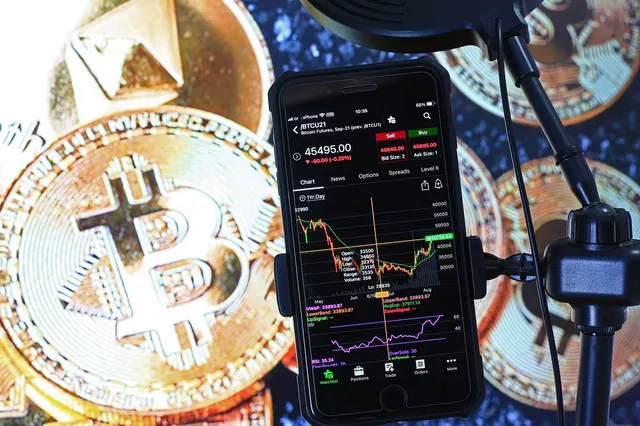Dow Jones Industrial Average (DJIA) futures play a crucial role in the financial markets, providing investors with a tool to speculate on the future direction of the Dow Jones Index. Understanding how Dow futures are calculated is essential for traders and investors looking to participate in this market. In this article, we will demystify the calculation of Dow futures and explore the factors that influence their value. By gaining insights into the methodology behind these futures contracts, traders can make more informed decisions and effectively manage their exposure to the Dow Jones Index.
The Dow Jones Industrial Average (DJIA)
Overview of the DJIA:
The DJIA is a price-weighted index that tracks the performance of 30 large, publicly traded companies listed on U.S. stock exchanges.
It is one of the most widely followed and recognized stock market indexes, often seen as a barometer of the overall U.S. stock market.
Price-weighted methodology:
Unlike other indexes that use market capitalization weighting, the DJIA is calculated by summing the prices of its 30 constituent stocks and dividing them by a divisor.
The divisor is adjusted periodically to account for stock splits, dividends, and other corporate actions that may affect the index’s calculation.
Introduction to Dow Futures
Purpose and characteristics of Dow futures:
Dow futures allow traders to speculate on the future direction of the DJIA.
These futures contracts are standardized agreements to buy or sell the DJIA at a predetermined price and future date.
Contract specifications:
Dow futures have a specific tick size, contract size, and expiration date.
Each contract represents a notional value of the DJIA, providing traders with exposure to a fraction of the index’s value.
Trading and settlement:
Dow futures trade on futures exchanges, such as the Chicago Board of Trade (CBOT) or the E-mini Dow futures on the Chicago Mercantile Exchange (CME).
Settlement occurs either through physical delivery of the underlying index or cash settlement, depending on the contract specifications.
The Calculation of Dow Futures
Understanding the e-mini Dow futures:
The e-mini Dow futures, denoted by the symbol YM, are the most actively traded Dow futures contract.
They represent one-fifth the size of the standard Dow futures contract and have a smaller tick size.
Factors influencing Dow futures:
Price movements of the 30 constituent stocks: Changes in the prices of the individual stocks impact the overall value of the DJIA and, consequently, the value of Dow futures.
Divisor adjustments: The divisor used in the calculation of the DJIA is adjusted periodically to account for corporate actions. Divisor changes affect the value of Dow futures.
Calculating the value of Dow futures:
Determine the value of the DJIA: Calculate the sum of the prices of the 30 constituent stocks.
Adjust for the divisor: Divide the sum of stock prices by the divisor to obtain the value of the DJIA.
Apply the appropriate multiplier: Multiply the DJIA value by the contract multiplier specific to the Dow futures contract to calculate the value of one futures contract.
Factors Affecting Dow Futures
Market sentiment and economic conditions:
Market expectations and sentiment can influence the demand for Dow futures.
Economic indicators, such as GDP growth, employment data, or inflation rates, can impact market sentiment and, consequently, the value of Dow futures.
Global market influences:
Global economic events and developments can have a significant impact on the Dow Jones Index and, consequently, on Dow futures.
Factors like geopolitical tensions, trade agreements, or central bank actions can affect global market sentiment and investor confidence.
Earnings reports and corporate news:
Earnings releases and corporate news from the 30 constituent companies can impact the prices of their stocks and, subsequently, the value of Dow futures.
Positive or negative surprises in earnings or significant corporate announcements can lead to price movements in the index and futures market.
Conclusion
Understanding the calculation of Dow futures is essential for traders and investors looking to participate in this market. By comprehending the price-weighted methodology of the DJIA, the factors influencing Dow futures, and the calculation process, traders can make more informed trading decisions. Additionally, being aware of the factors that affect Dow futures, such as market sentiment, economic conditions, global influences, and corporate news, allows traders to anticipate potential price movements. By combining this knowledge with a robust trading strategy and risk management techniques, traders can navigate the Dow futures market with greater confidence and potentially capitalize on its opportunities.


